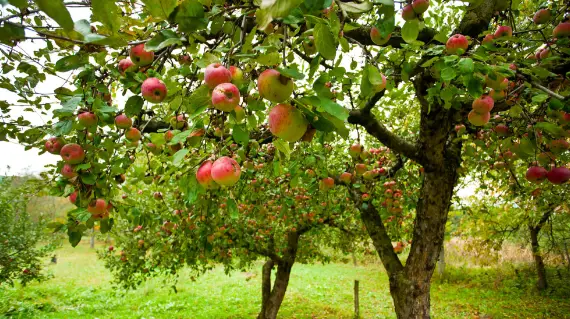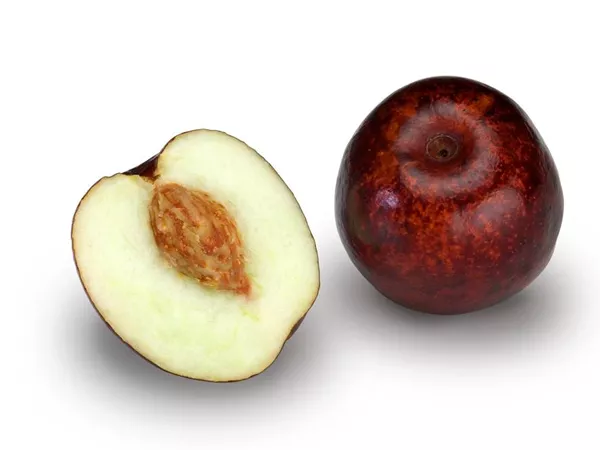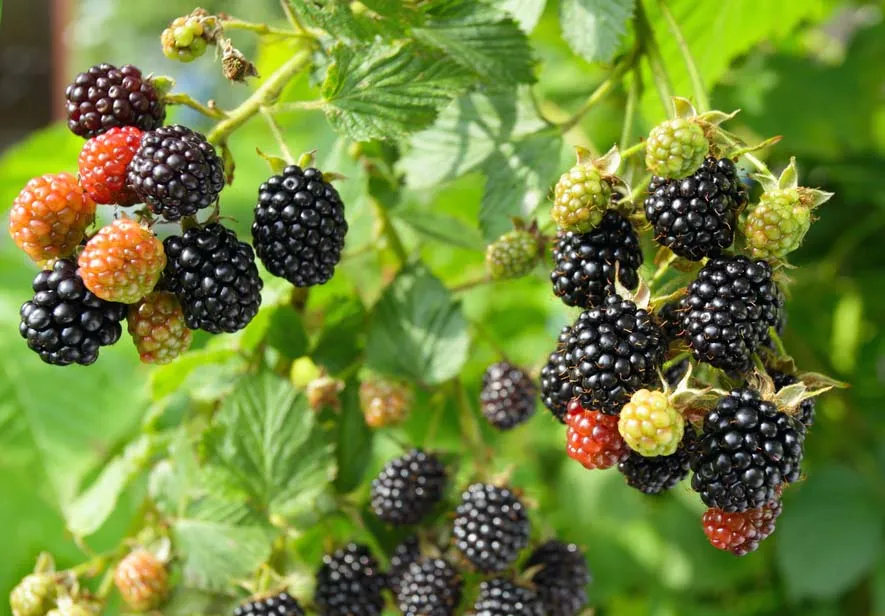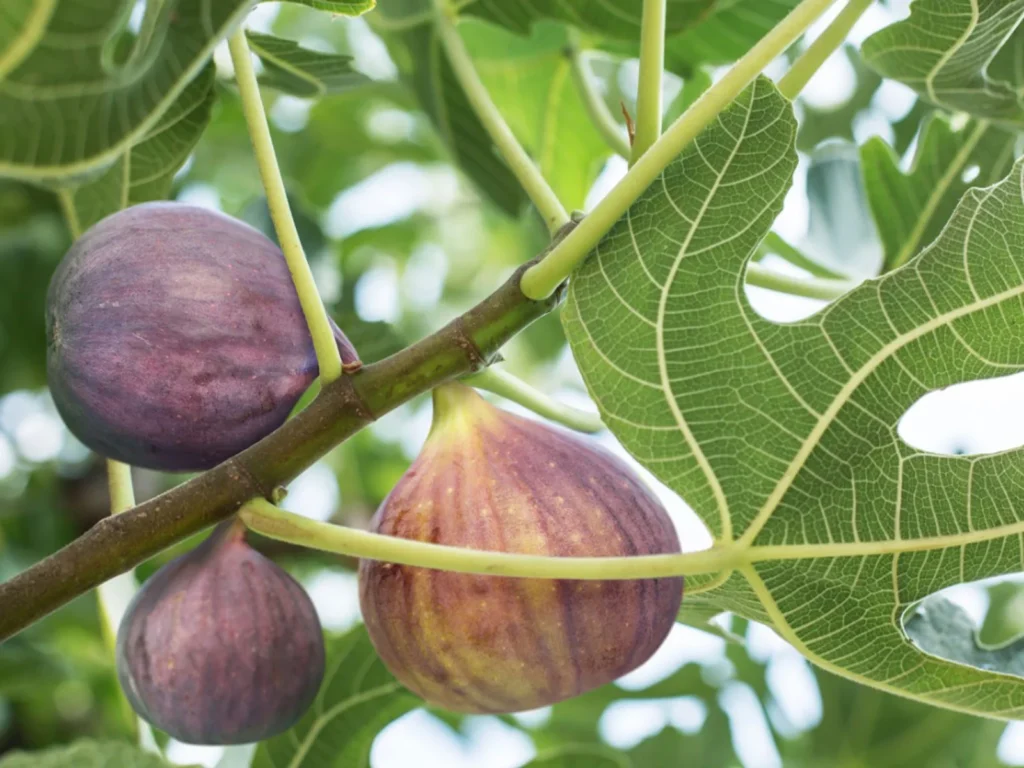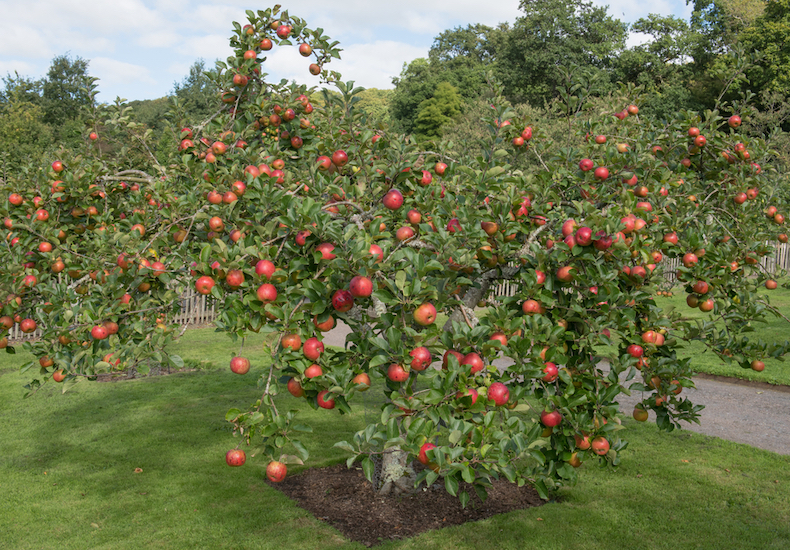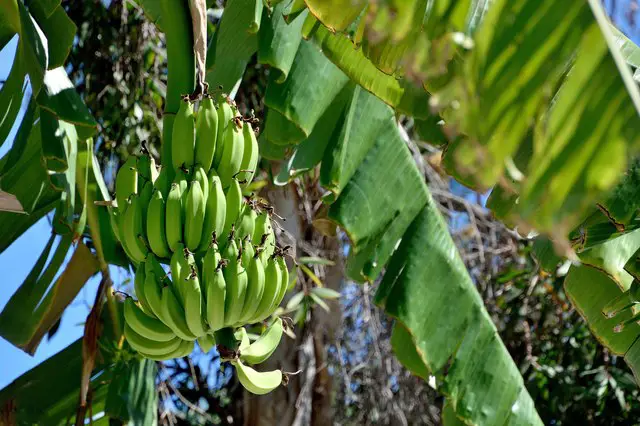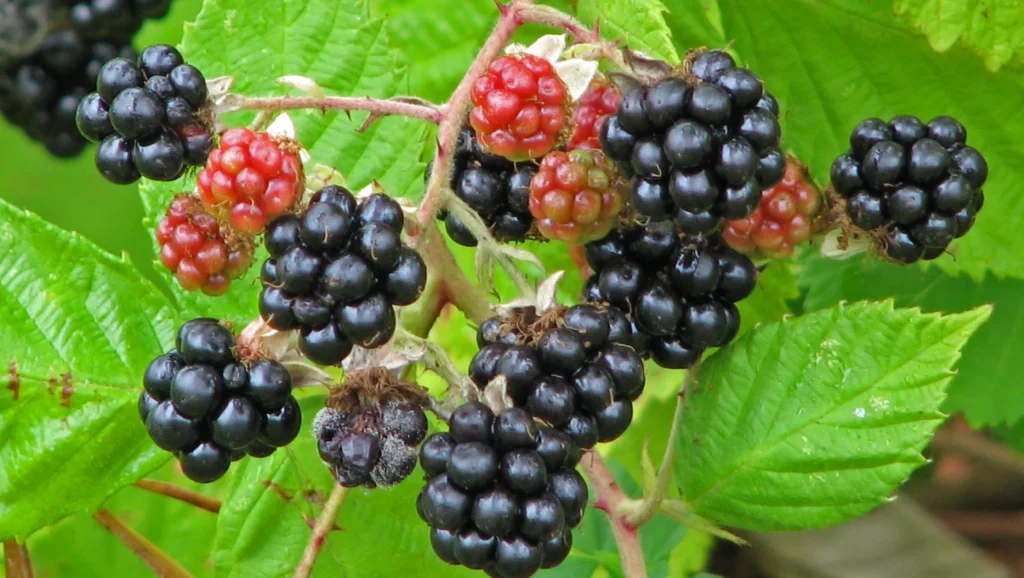Fig trees are lovely for any yard or area, and they give tasty, healthy fruits too.
If you’ve put in a new fig tree or you’re thinking about it, you might be curious about how soon you can expect fruits. This article will walk you through the life of a fig tree and look into what affects when it will start producing fruit.
Table of Contents
- Understanding the Fig Tree’s Growth
- The First Step: Sprouting
- Second Step: The Seedling Phase
- Third Step: Growth Phase
- Fourth Step: Fruit Time!
- What Influences When Fig Trees Bear Fruit
- 1. Weather and Temperatures
- 2. Sun and Soil
- 3. Type of Fig Tree
- 4. Trimming and Feeding the Tree
- So, When Will My Fig Tree Fruit?
- Want Fruit Sooner? Here’s Some Tips!
- 1. Best Conditions for Growth
- 2. Trimming Right
- 3. Feed and Water Well
- 4. Stop Bugs and Diseases
- Final Thoughts
- Frequently Asked Questions (FAQs)
- Is it possible to grow a fig tree in a pot?
- How much water does a fig tree need?
- Can you grow a new fig tree from a piece of another tree?
- What insects should I look out for on my fig tree?
- How do I tell when figs are ripe and ready to pick?
Understanding the Fig Tree’s Growth
A fig tree grows in different steps, from when it’s just a sprout to when it finally has fruit.
Knowing these steps is key to figuring out how long it will take for a fig tree to make fruit.
The First Step: Sprouting
Everything starts with a little fig seed. In the right conditions, like dampness and the right temperature, the seed starts to sprout. This might take a few days or even a few weeks.
Second Step: The Seedling Phase
After the seed sprouts, it begins to grow into a seedling. This is when it gets leaves and roots. This young plant takes about one to two months to get ready for moving to a larger space.
Third Step: Growth Phase
When moved to the ground or a big pot, the fig tree keeps growing. During this period, it works on getting bigger branches, more leaves, and strong roots. Done right, this part can take one to three years, depending on things like weather and the kind of fig tree.
Fourth Step: Fruit Time!
Finally, the tree reaches the stage where it starts to flower and fruit. How long this stage takes can greatly change based on the specific fig tree and its growing conditions.
What Influences When Fig Trees Bear Fruit
Many things can change when a fig tree makes fruit.
Here are some of the big factors:
1. Weather and Temperatures
Fig trees love warm places with hot summers and gentle winters. They need 100 days a year without frost to produce fruits. If your area gets too cold, you might need to grow your fig tree in a pot so you can bring it inside when it’s winter.
2. Sun and Soil
Fig trees need lots of sunlight, about six hours of direct sun a day is ideal. They also grow best in soil that drains well and is full of compost. The right mix of sunlight and soil helps the tree make fruit well.
3. Type of Fig Tree
There are different types of fig trees, and each one makes fruit differently. Some types make fruit on last year’s branches as well as this year’s, while others only on current branches. Pick a tree type that’s right for your weather and how often you want fruit.
4. Trimming and Feeding the Tree
How you cut back your tree and feed it affects its fruiting. Trimming helps shape the tree and makes more branches that can fruit. Using good organic food for the tree gives it the right nutrients to grow and make fruits.
So, When Will My Fig Tree Fruit?
Typically, fig trees take 1 to 3 years after planting to start bearing fruit, but this can change. The tree type, growing conditions, and how you take care of it all matter. Some give you fruit in the first year, others need up to five years.
Want Fruit Sooner? Here’s Some Tips!
If you can’t wait to taste your fig tree’s fruit, these tips might make it fruit faster:
1. Best Conditions for Growth
Give your fig tree the perfect place to live: lots of sun, good drainage, and safe from harsh weather. Take good, regular care of it to help it grow fast and fruit sooner.
2. Trimming Right
Figure out the best way to trim your tree to support branch growth for fruiting. Get rid of dead or infected branches and manage overgrowth. It’s best to trim when the tree isn’t growing, so you don’t mess with its fruiting.
3. Feed and Water Well
Feed your fig tree with a good food made for trees, following how much and when the recommendations say. Be sure to water it, especially when it’s dry, to keep the tree healthy and ready to fruit.
4. Stop Bugs and Diseases
Keep an eye on your tree for any pests or sickness, like aphids or fungus. Dealing with these quickly can stop them from affecting your tree’s ability to make fruit.
Final Thoughts
Time to fruit varies for fig trees depending on its growth steps, the tree type, and outside conditions.
While some fig trees start fruiting in a year, others take longer. Make sure to give your tree what it needs, do correct pruning and feeding, and wait a bit. Then, you can enjoy fresh figs from your yard!
The waiting for the tree to grow is a process that will be worth your time and patience.
Frequently Asked Questions (FAQs)
Is it possible to grow a fig tree in a pot?
Absolutely, you can raise a fig tree in a pot. This can be really handy because you can move the pot around easily. This is particularly useful in the cold months if you live somewhere where it gets really cold.
How much water does a fig tree need?
You should give your fig tree enough water to keep the soil moist but not soggy. Usually, watering the tree thoroughly once or twice each week is good. However, you’ll need to see how dry the soil is and consider how hot or rainy the weather has been. Based on these, you might need to water the tree more or less often.
Can you grow a new fig tree from a piece of another tree?
Yes, you can start a new fig tree from a cutting. Cut a small branch from a healthy fig tree when it’s not growing leaves. If you cut it correctly and help it grow roots properly, you’ll have a good chance of getting a new tree to grow.
What insects should I look out for on my fig tree?
Watch out for bugs like aphids, scale insects, and mealybugs on your fig tree. Check the tree regularly to see if any of these pests are around. If you do find any, it’s important to get rid of them and to keep checking so they don’t come back and cause damage.
How do I tell when figs are ripe and ready to pick?
Figs that are ready to eat will feel soft when you squeeze them, they’ll start to bend down, and you’ll notice they change color. When you try to pick one, it should come off the tree easily if you twist it lightly. The taste is also a clue. If it’s sweet, it’s likely ripe. Feel free to try one or two to check!
